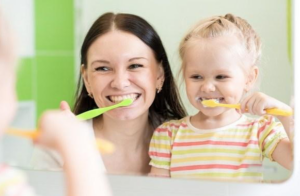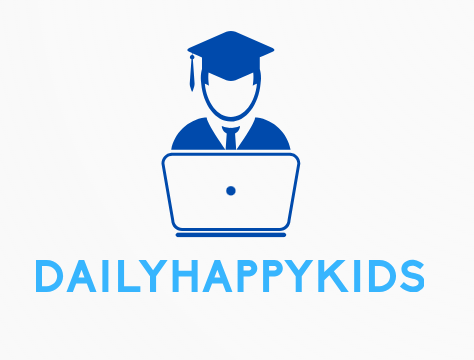|
Getting your Trinity Audio player ready...
|
In a world teeming with potential health threats, instilling a sense of cleanliness and hygiene in children is paramount. This not only safeguards their well-being but also cultivates habits that will stay with them into adulthood. In this article, we will explore the significance of nurturing hygiene heroes in our little ones and delve into effective ways to impart these essential life skills.

Importance of Teaching Hygiene to Kids
Personal hygiene encompasses an array of practices that individuals undertake to preserve their health and well-being. For children, these practices are not merely about staying clean but are vital lessons that can protect them from illnesses and infections. Teaching hygiene early on lays the foundation for a healthy life by preventing diseases and promoting overall wellness.
Children have an innate curiosity, and they absorb knowledge like sponges. Hence, introducing hygiene as a habit at an early age ensures that they grow up with a deep-rooted understanding of its significance. Moreover, children are often in close proximity to one another, making them vulnerable to the spread of infections. Teaching them the importance of handwashing, covering their mouths when sneezing, and other hygiene practices can significantly contribute to a healthier environment for everyone.
Strategies to Instill Hygiene Habits
1. Lead by Example:
Children tend to imitate the actions of adults around them. Demonstrating good hygiene practices yourself, like regular handwashing, teeth brushing, and maintaining a clean environment, sets a powerful example for them to follow.
2. Make it Fun:
Integrate hygiene habits into games or creative activities. For example, turn handwashing into a fun song or story, making it an enjoyable routine rather than a chore.
3. Explain the ‘Why’:
Help children understand the reasons behind each hygiene practice. Explain how washing hands removes germs that can make them sick or how brushing teeth keeps their smiles bright and healthy.
4. Establish Routine:
Introduce a consistent hygiene routine, emphasizing the importance of morning and bedtime cleanliness rituals. This structure helps children recognize hygiene as a regular part of their daily lives.
5. Use Educational Resources:
Utilize books, videos, or interactive apps that are designed to educate children about hygiene. These resources often present information in a playful and engaging manner.
Teaching Specific Hygiene Practices
1. Hand Hygiene:
Stress the significance of handwashing before meals, after using the restroom, and after sneezing or coughing. Teach them to lather their hands with soap and water for at least 20 seconds.
2. Oral Hygiene:
Ingrain the habit of brushing teeth at least twice a day. Supervise them initially to ensure they learn the correct technique for effective cleaning.
3. Respiratory Hygiene:
Teach children to cover their mouth and nose with a tissue or their elbow when they sneeze or cough, helping prevent the spread of germs.
4. Personal Grooming:
Encourage regular bathing, nail trimming, and hair washing. Explain how these practices are essential for their personal cleanliness and health.
Celebrating Hygiene Successes
In the journey of instilling cleanliness habits, celebrating milestones and successes is crucial. Offer praise and positive reinforcement when children exhibit good hygiene practices. Use a sticker chart or a reward system to motivate them. This positive reinforcement boosts their confidence and encourages the continuation of these habits.
Conclusion
In conclusion, instilling cleanliness and good wellness in children is a significant investment in their future well-being. By employing engaging strategies and emphasizing the importance of various hygiene practices, we can nurture a generation of hygiene heroes who will lead healthy, fulfilling lives. So, let’s embark on this essential journey of raising hygiene-conscious children, ensuring a cleaner and healthier world for all.
You will find the following information useful:
